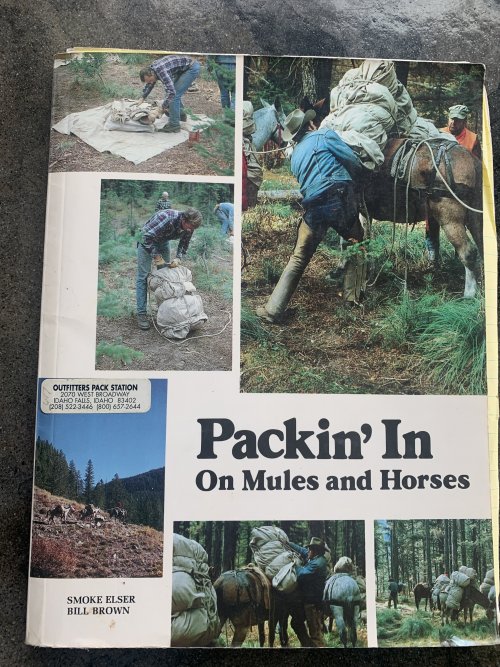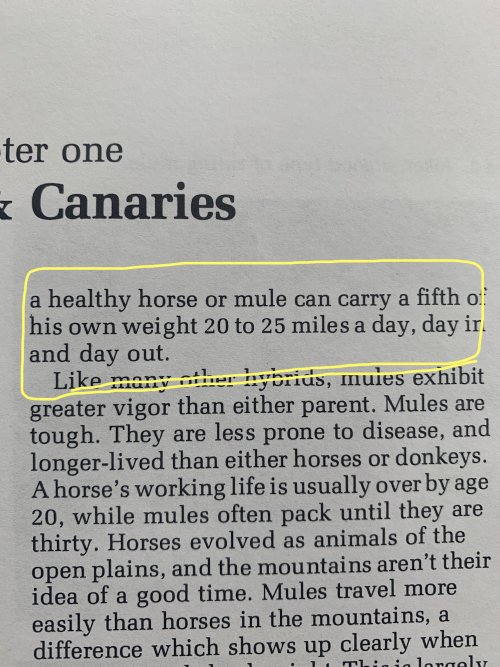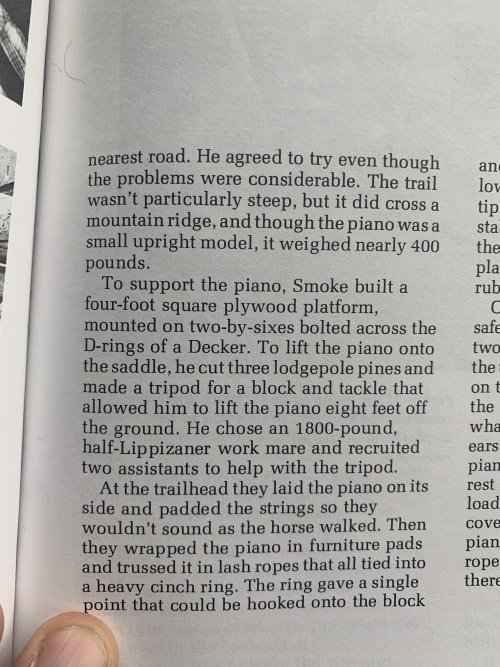Amazing that KUIU was able to do sheep conservation work without throwing a dress up party and auctioning tags to allow someone to put another sheep in their den.
They’re conservation direct work seems to be top notch and something they really don’t seem to be getting enough credit for. I’d love to see them expand it. The sheep unit closest to me seems to be turning around for the better, probably doesn’t need any transplanting, but IMO would benefit from some new guzzlers and maintenance/updates to the existing ones
Here is a newly released video of the Arizona projects. I was at 2 of the 4 of them and it was very well done and a great experience to be a part of.









